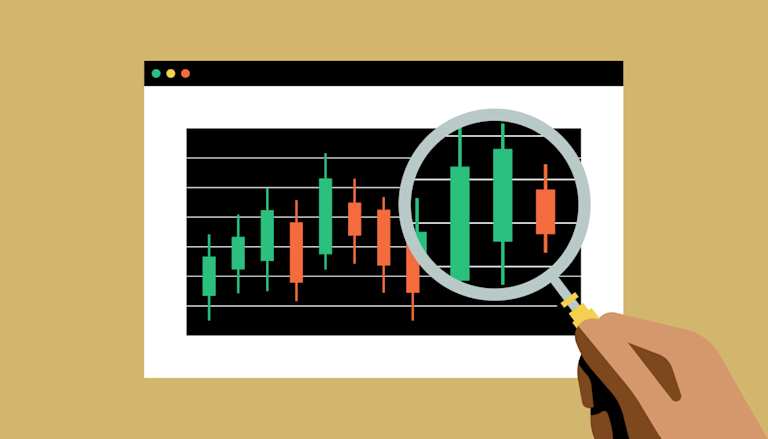
The Ultimate Guide to Crypto Trading Timing
In the dynamically evolving world of cryptocurrency, understanding the right timing for trading can significantly enhance your profitability. Learning about Crypto Trading Timing https://www.owler.com/company/bikxie can be the difference between a successful trade and a missed opportunity. In this article, we will delve into various aspects that affect trading timing, including market trends, indicators, and strategies to maximize your gains.
Understanding Market Phases
The cryptocurrency market operates in phases that influence price movements. Identifying these phases can be instrumental in determining the right time to buy or sell.
- Accumulation Phase: This phase occurs after the market has hit a bottom and is characterized by price stability. Traders often accumulate assets during this phase, believing the prices will rise in the future.
- Markup Phase: During this period, bullish sentiment prevails, and prices begin to rise significantly. It’s a prime time for traders to enter the market.
- Distribution Phase: At this stage, early adopters begin taking profits, selling their assets as prices peak. Recognizing this phase can help traders exit before a downturn.
- Markdown Phase: The market experiences heavy selling pressure, and prices decline. Traders can look for signs of reversal during this phase for potential buying opportunities.
The Role of Technical Analysis
Technical analysis involves studying historical price data to forecast future price movements, thus allowing traders to make informed decisions. Key indicators include:
- Moving Averages (MA): A tool used to identify trends by smoothing out price data. Traders often use short-term and long-term MAs to find potential cross-over signals.
- Relative Strength Index (RSI): This momentum oscillator measures the speed and change of price movements. An RSI below 30 indicates an oversold market, while above 70 suggests an overbought one.
- Bollinger Bands: These bands help traders identify market volatility. Prices moving towards the upper band may suggest a temporary peak, while approaching the lower band may indicate a low.
Understanding Market Sentiment
Market sentiment is the overall attitude of investors towards a particular security or financial market. It can be bullish (optimistic) or bearish (pessimistic). Tools like social media sentiment analysis, news headlines, and market trends can provide insights into the prevailing sentiment. Understanding this can help traders make educated timing decisions.

Utilizing Fundamental Analysis
Not all trading decisions should be based on technical analysis. Fundamental analysis looks at the intrinsic value of a cryptocurrency. This includes:
- Project Development: Monitoring updates from the development team can indicate the future growth potential of a cryptocurrency.
- Partnerships and Integrations: New partnerships can boost a project’s credibility and valuation.
- Market Cap and Supply: Understanding the total supply and how much of a coin is currently in circulation can provide insight into its value.
Timing Your Trades
Once you understand both technical and fundamental factors, the next step is to develop a strategy for timing your trades.
- Set Goals: Define what you want to achieve from each trade, whether it’s short-term gains or long-term holding.
- Use Stop-Loss and Take-Profit Orders: These tools can help you automate selling and limit potential losses.
- Dollar-Cost Averaging: This strategy involves investing a fixed amount at regular intervals, reducing the impact of market volatility on your overall purchase.
- Stay Informed: Keeping up with news and events in the cryptocurrency space is crucial, as external factors can significantly impact market timing.
Common Mistakes to Avoid
Even experienced traders can fall victim to mistakes that result from poor timing decisions. Here are some common pitfalls to avoid:
- FOMO (Fear of Missing Out): Making impulsive decisions based on emotion rather than analysis can lead to poor results. Always stick to your strategy.
- Ignoring Volatility: Cryptocurrency is notoriously volatile. Failing to anticipate big price swings can be detrimental.
- Overtrading: Trading too frequently can lead to increased fees and emotional stress. Find a balance that works for you.
Conclusion
Effectively timing your trades in the cryptocurrency market requires a blend of knowledge, strategy, and discipline. By understanding market phases, utilizing technical and fundamental analysis, and avoiding common mistakes, you can enhance your trading performance. Remember, in the ever-evolving world of crypto, patience and a well-structured approach can lead to long-term success. As you refine your understanding of crypto trading timing, be sure to adapt your strategies as needed to align with market conditions.

Comment (0)